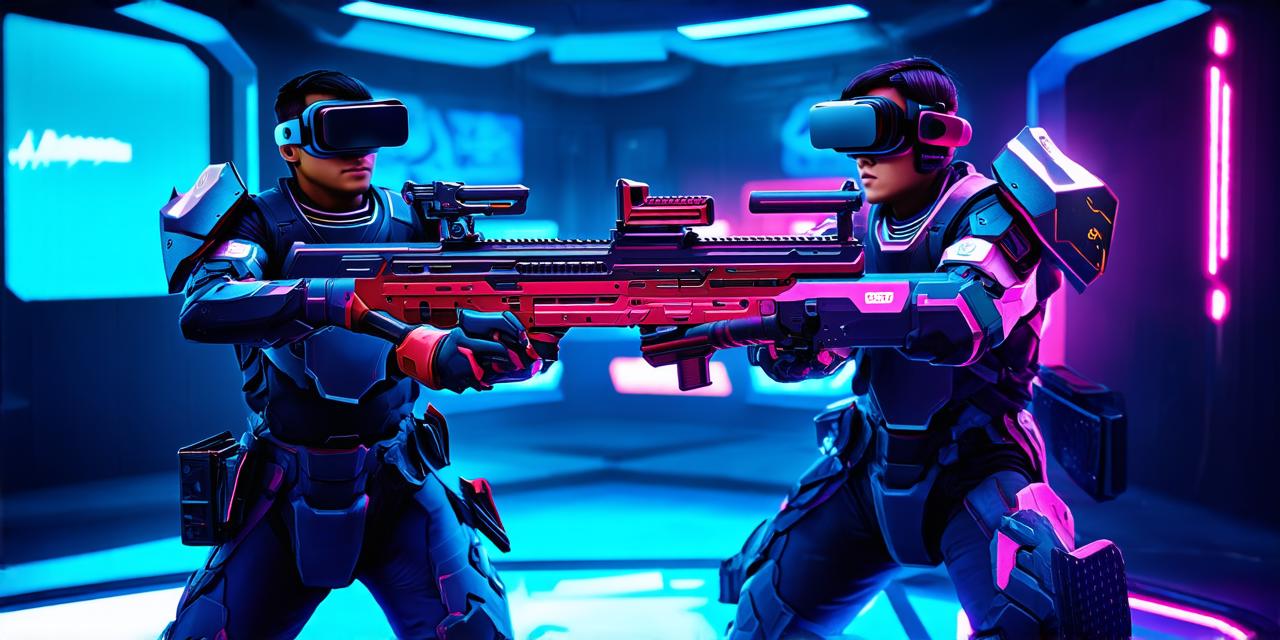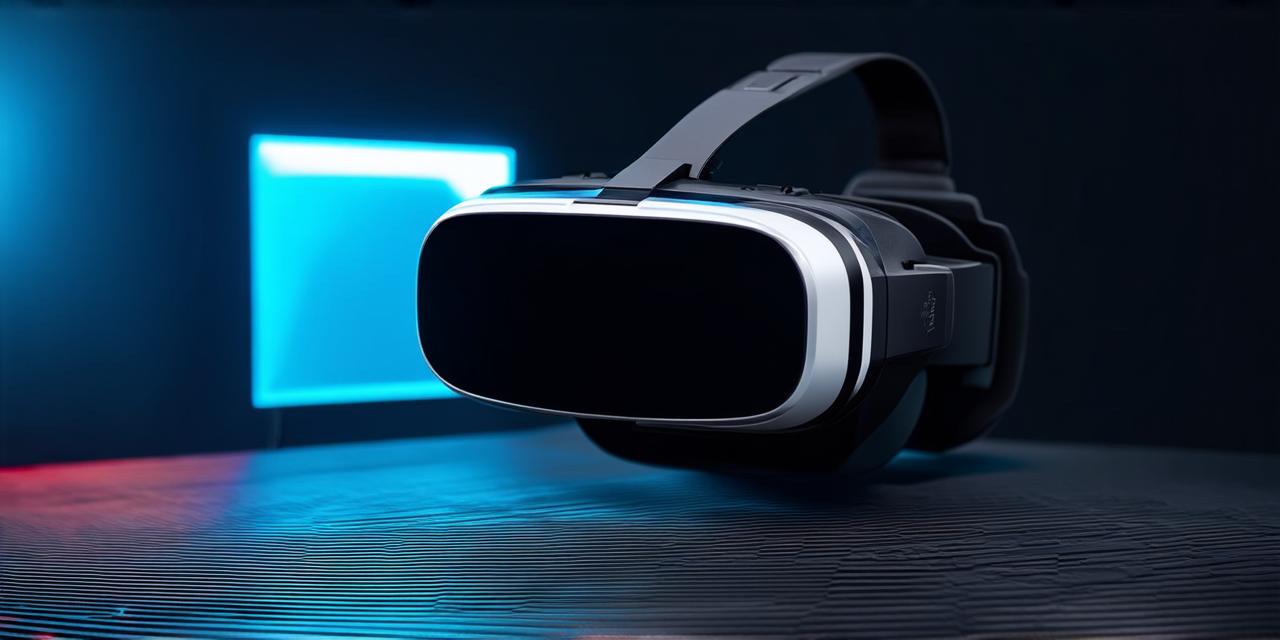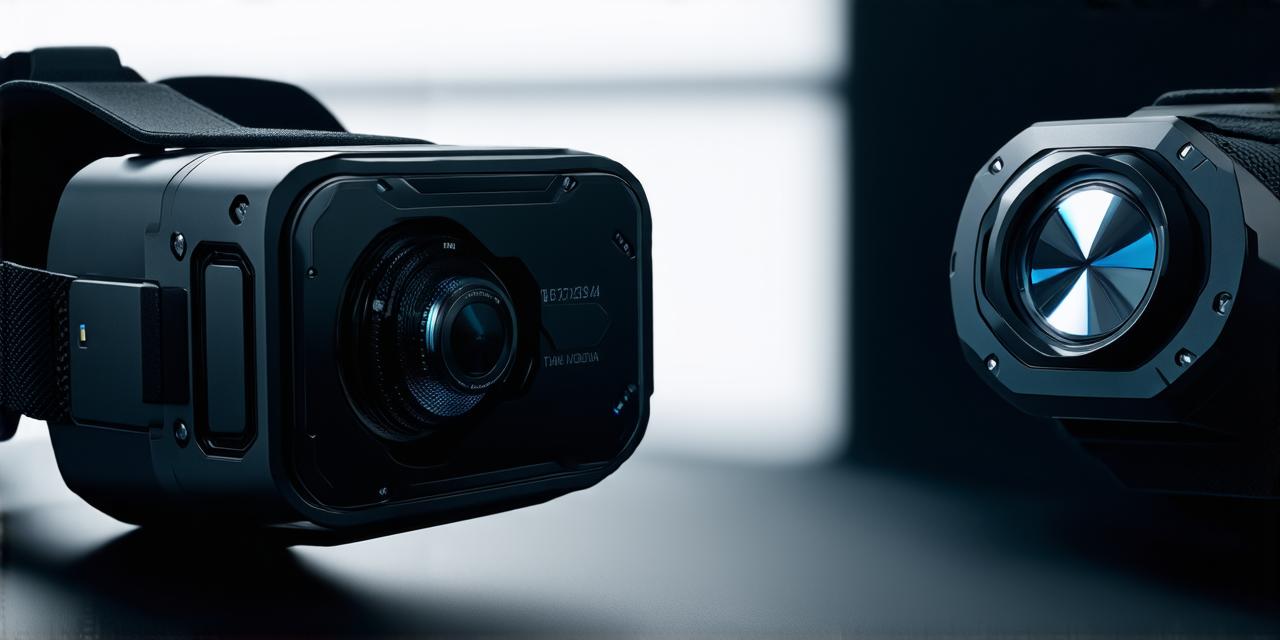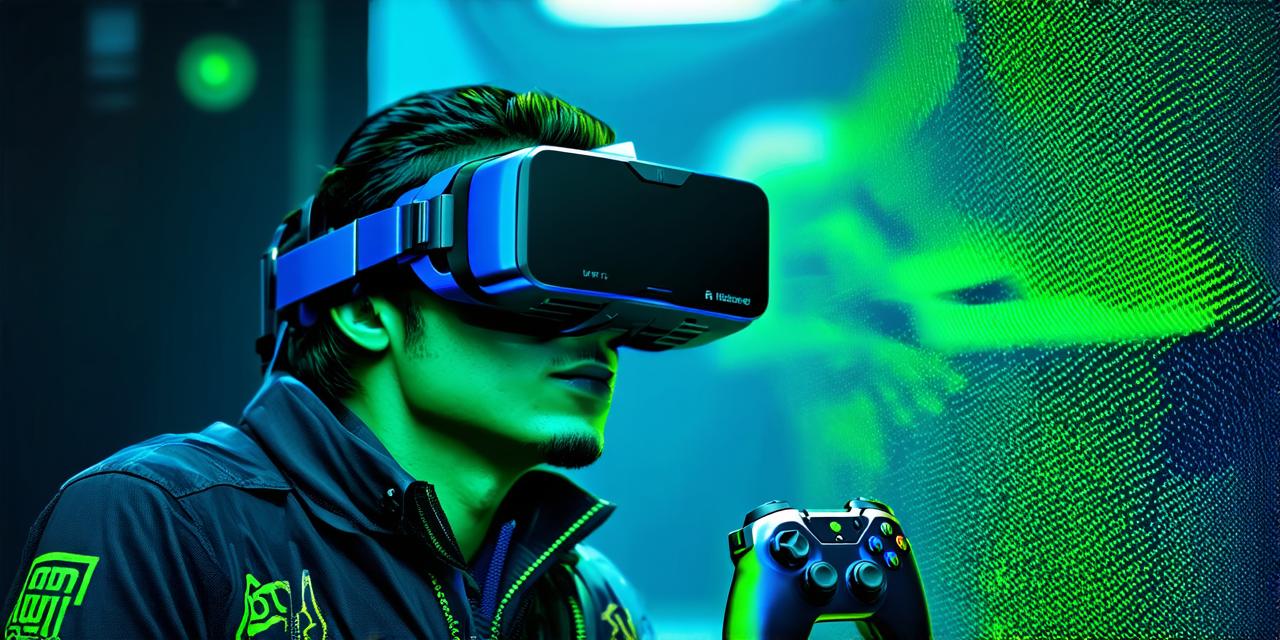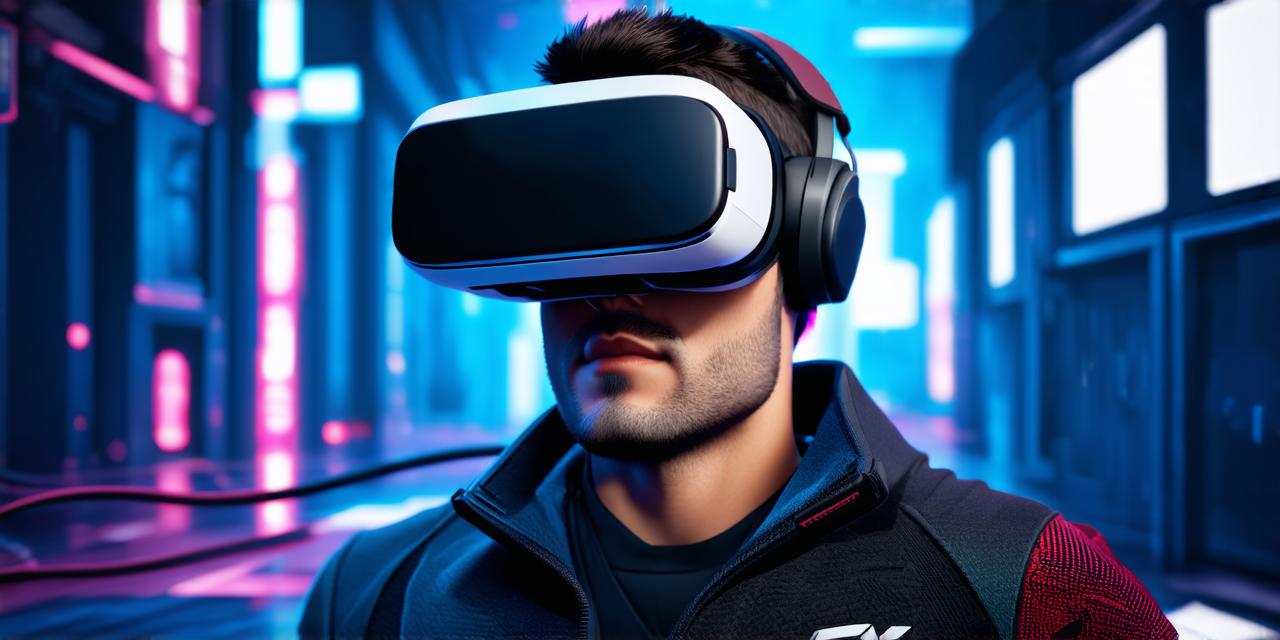Virtual reality (VR) technology is revolutionizing the way we interact with digital content and experience immersive environments. With VR, users can enter virtual worlds and engage in interactive experiences that were previously impossible.
1. Gaming:
Gaming is one of the most well-known applications of virtual reality. Games like “Beat Saber” and “Tilt Brush” offer immersive gameplay experiences that allow users to interact with their environment in a new way. VR gaming has also led to the development of new genres, such as adventure and puzzle games, which take advantage of the unique capabilities of virtual reality.
2. Training:
Virtual reality is being used increasingly in training industries, such as aviation, military, and healthcare. For example, pilots can use VR simulations to practice flying in a safe environment before taking to the skies in real life. Similarly, surgeons can use VR simulations to practice complex procedures without risking patient safety.
3. Education:
Virtual reality is also being used in education to create immersive learning experiences that engage students and enhance understanding of complex concepts. For example, students can take virtual field trips to historical sites or explore the solar system through a VR simulation.
4. Tourism:
Virtual reality is being used in tourism to allow users to experience travel destinations without actually visiting them. This not only saves time and money but also provides an opportunity for people who may not be able to travel due to physical limitations or other factors.
5. Architecture and design:
VR technology is being used by architects and interior designers to create realistic simulations of their designs, allowing clients to see and interact with the space before making a final decision. This not only saves time and money but also reduces the risk of errors in the design process.
6. Retail:
Virtual reality is being used in retail to create immersive shopping experiences that allow customers to try on clothes or explore products in a more realistic way. This can lead to increased sales and customer satisfaction.
7. Entertainment:
Virtual reality is also being used in entertainment, such as concerts and movies. For example, music artists like Lady Gaga have performed live VR concerts that allowed fans to experience the concert from multiple perspectives. Similarly, virtual reality movies like “Pearl” offer a unique cinematic experience that can’t be replicated on a traditional screen.
8. Sports:
Virtual reality is being used in sports to enhance training and performance. For example, athletes can use VR simulations to practice their movements and techniques in a safe environment. Additionally, VR technology has been used to create immersive sports experiences, such as the FIFA World Cup virtual reality game.
9. Mental health:
Virtual reality is being used in mental health treatment to provide a safe and controlled environment for patients to confront their fears and anxieties. For example, patients can use VR simulations to practice exposure therapy for phobias like arachnophobia or claustrophobia.
10. Real estate:
Virtual reality is being used in real estate to allow potential buyers and renters to explore properties from the comfort of their own homes. This not only saves time and money but also reduces the risk of errors in the property viewing process.
Conclusion:
Virtual reality technology has numerous applications across a variety of industries, including gaming, training, education, tourism, architecture and design, retail, entertainment, sports, mental health, and real estate. As AR developers, it’s important to stay up-to-date on the latest VR trends and technologies in order to create innovative and engaging experiences for users.
FAQs:

1. What is virtual reality?
Virtual reality is a technology that creates an immersive experience by simulating a 3D environment that can be interacted with using special sensors or controllers.
2. How does virtual reality work?
Virtual reality works by tracking the movements of the user and adjusting the simulation in real-time based on those movements. This creates a sense of presence and immersion for the user.
3. What are some of the limitations of virtual reality?
Some limitations of virtual reality include motion sickness, limited field of view, and potential eye strain. Additionally, VR technology can be expensive, and not all users may have access to the necessary equipment.
4. How has virtual reality technology evolved over time?
Virtual reality technology has evolved rapidly over the past decade, with advancements in hardware and software making it more accessible and affordable for consumers and businesses alike.
5. What are some of the benefits of using virtual reality?
Some of the benefits of using virtual reality include increased engagement, improved understanding, reduced risk, cost savings, and enhanced experiences for users. Virtual reality can also be used for therapeutic purposes, such as treating anxiety and phobias, or for rehabilitation after injuries.
